Frequency Response: 20Hz-20Khz, -0.1db, 2Hz-400KHz, -3dB
Maximum Power, 16 ohms: 5W RMS per channel
Maximum Power, 32 ohms: 3.5W RMS per channel
Maximum Power, 50 ohms: 2.5W RMS per channel
Maximum Power, 300 ohms: 600mW RMS per channel
Maximum Power, 600 ohms: 300mW RMS per channel

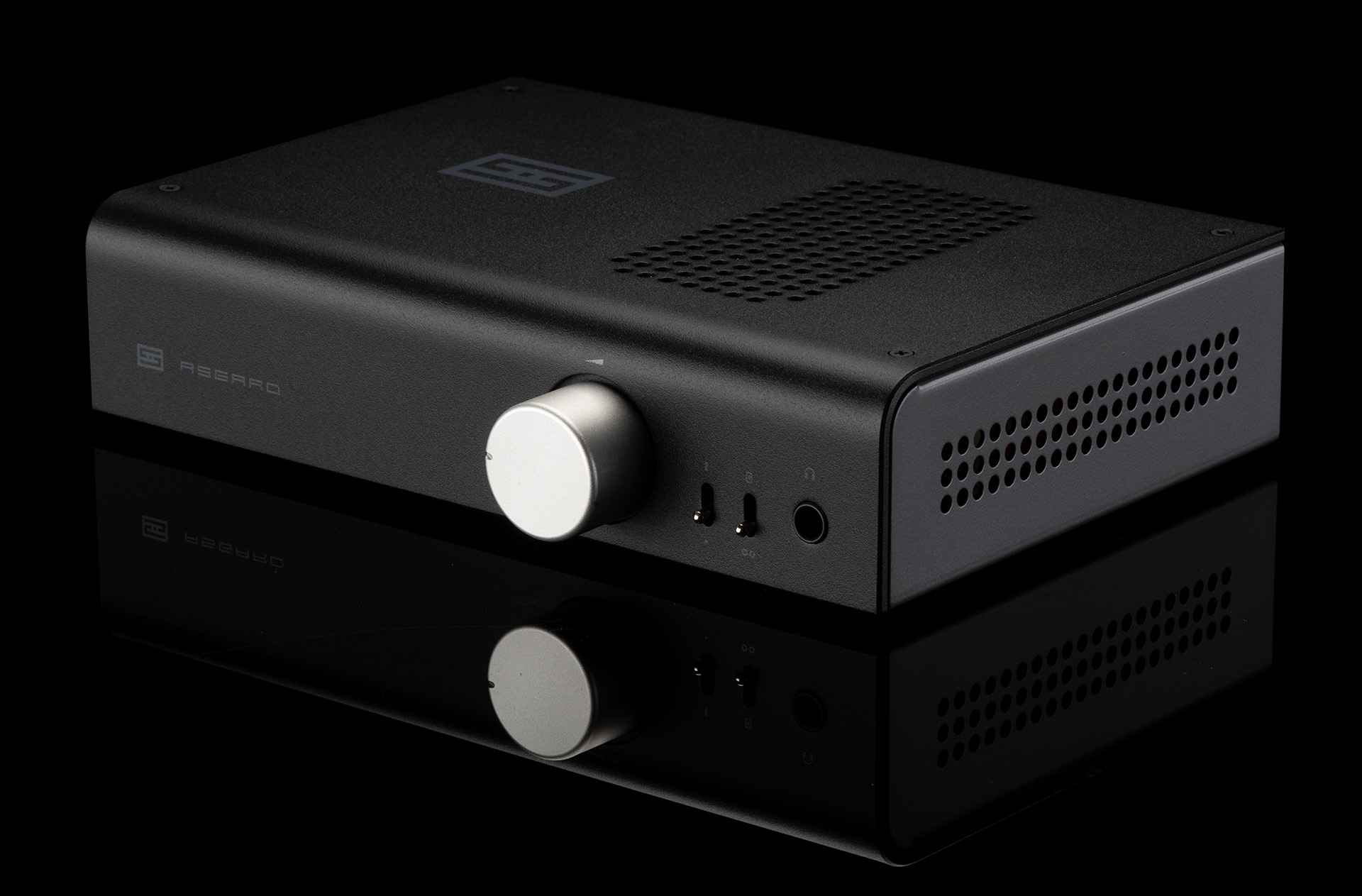
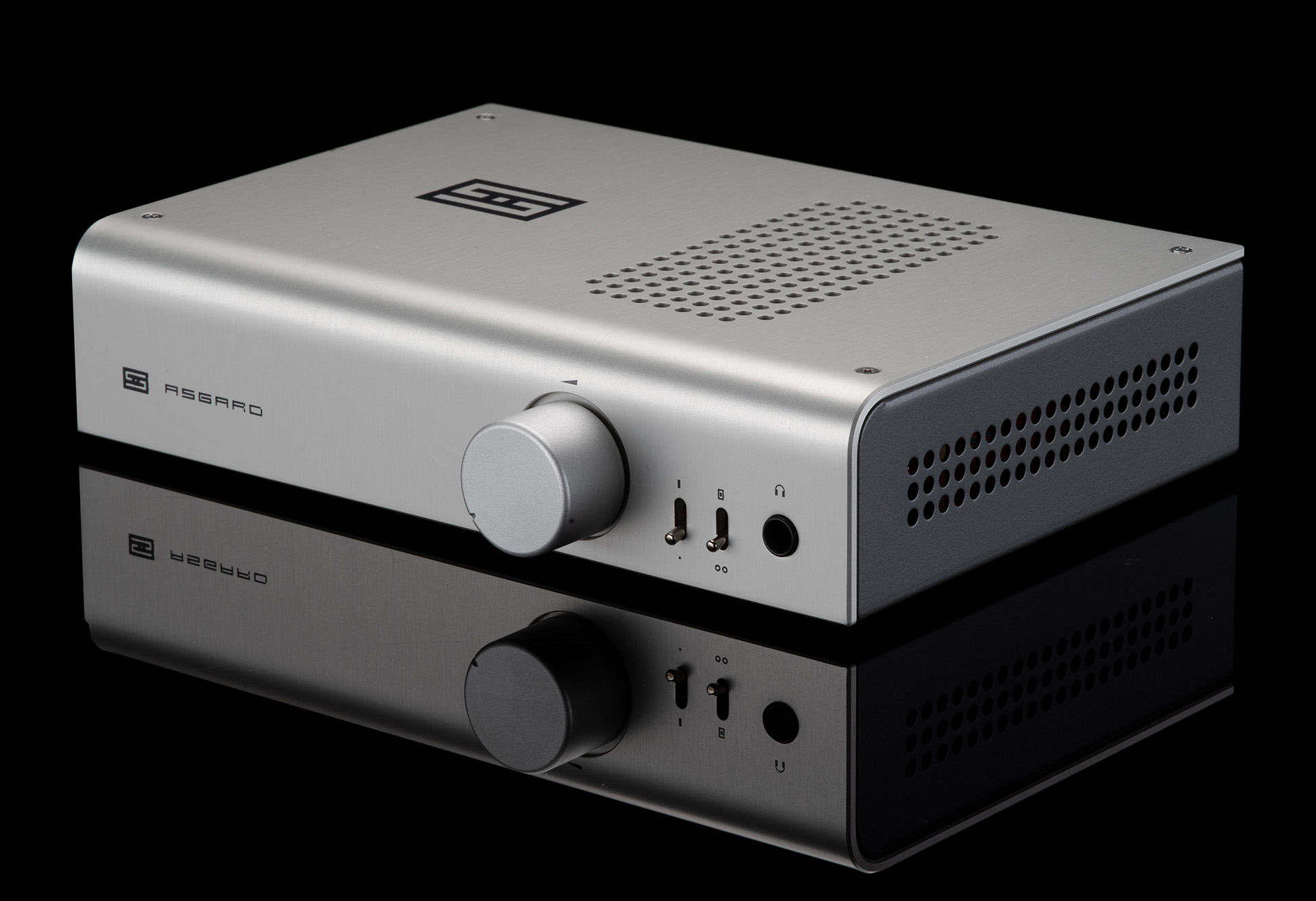
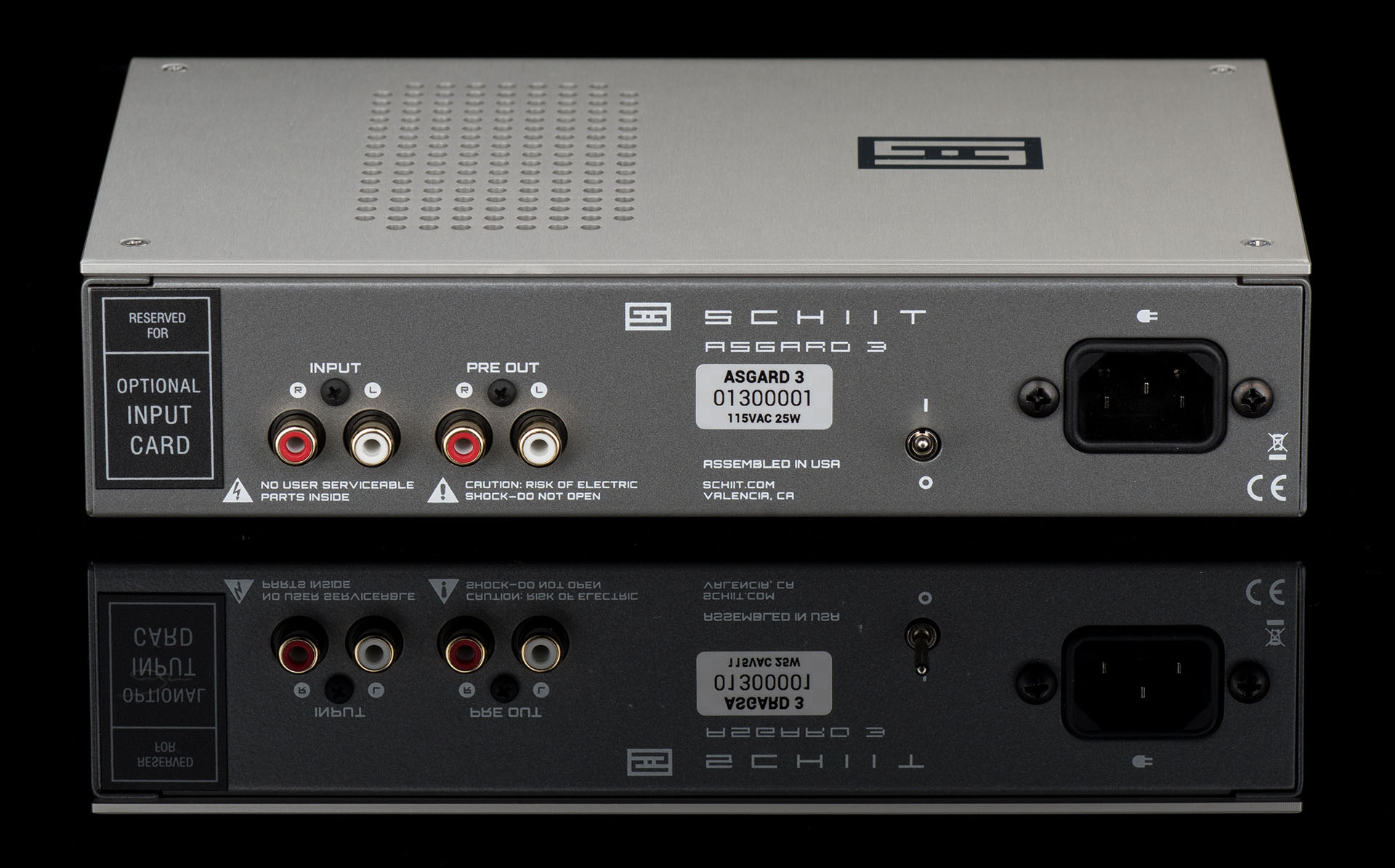
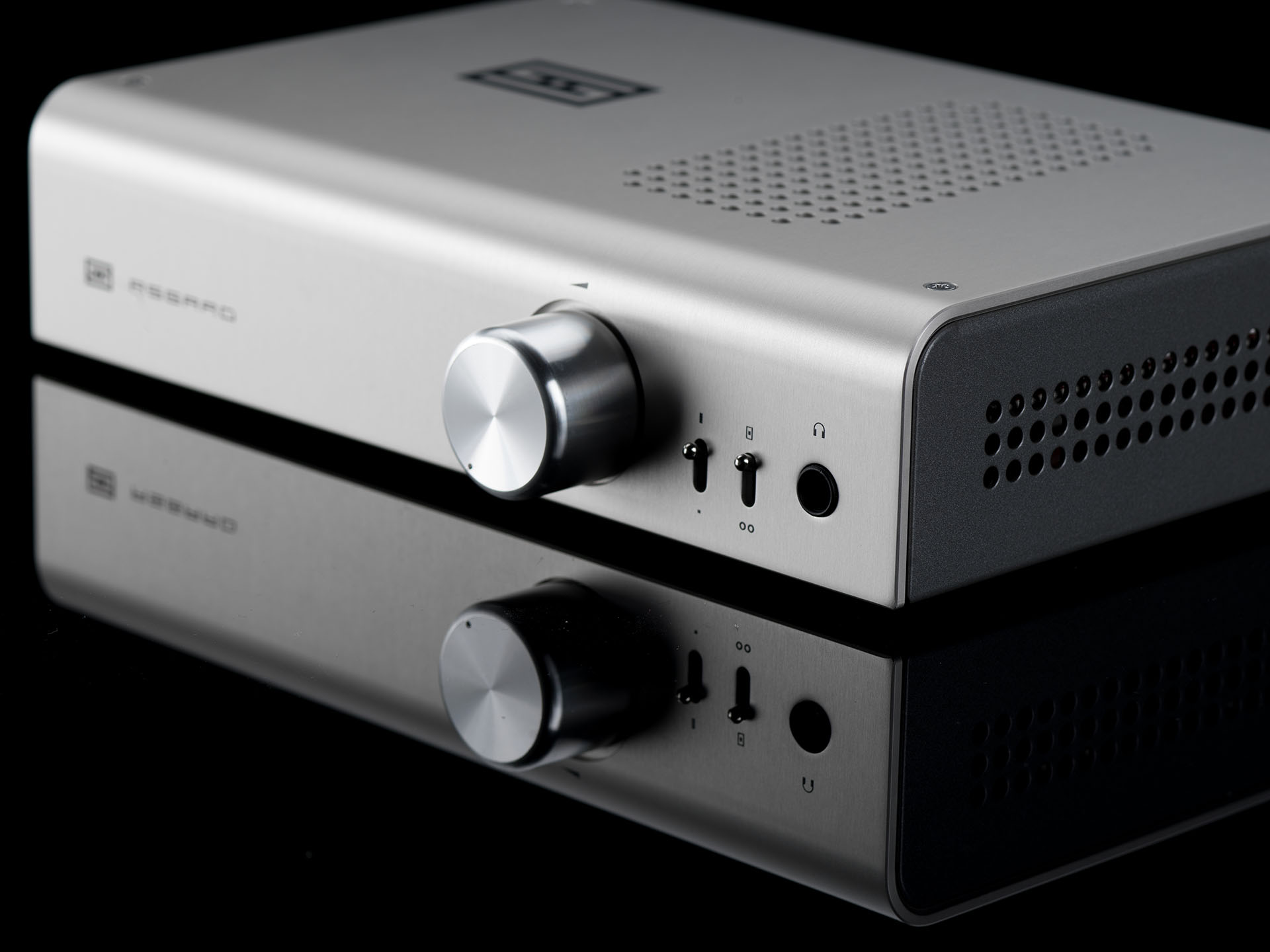
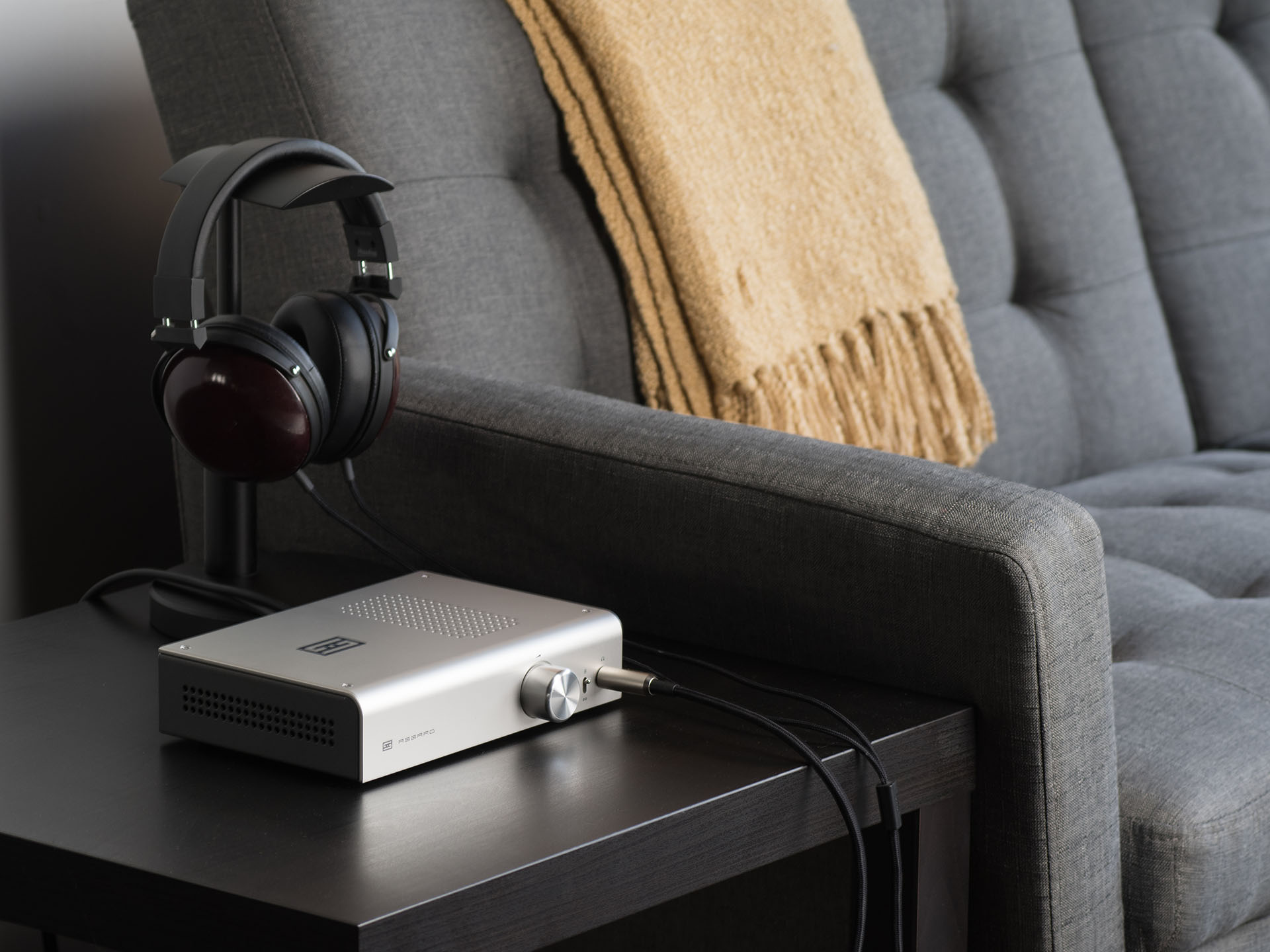
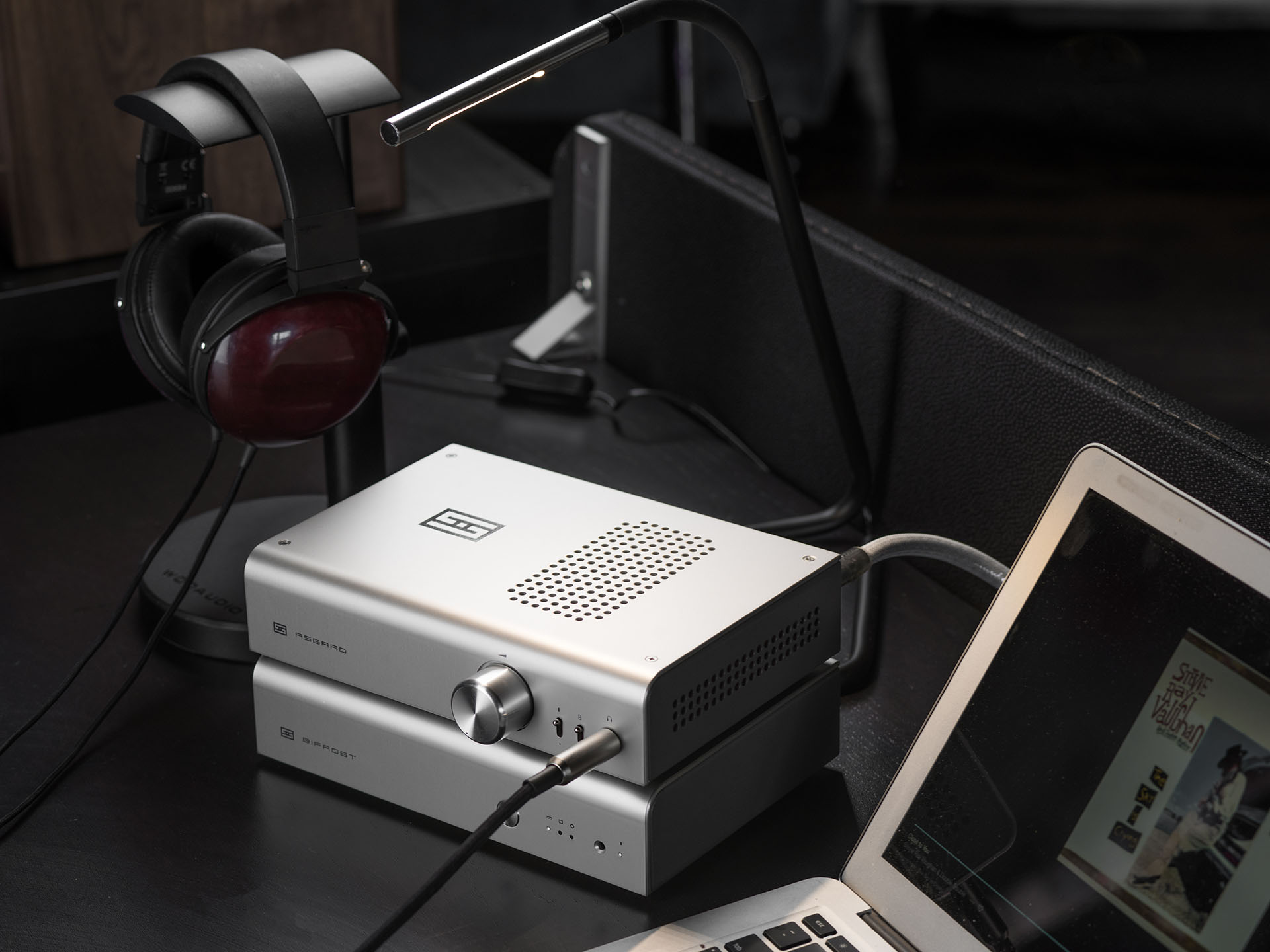
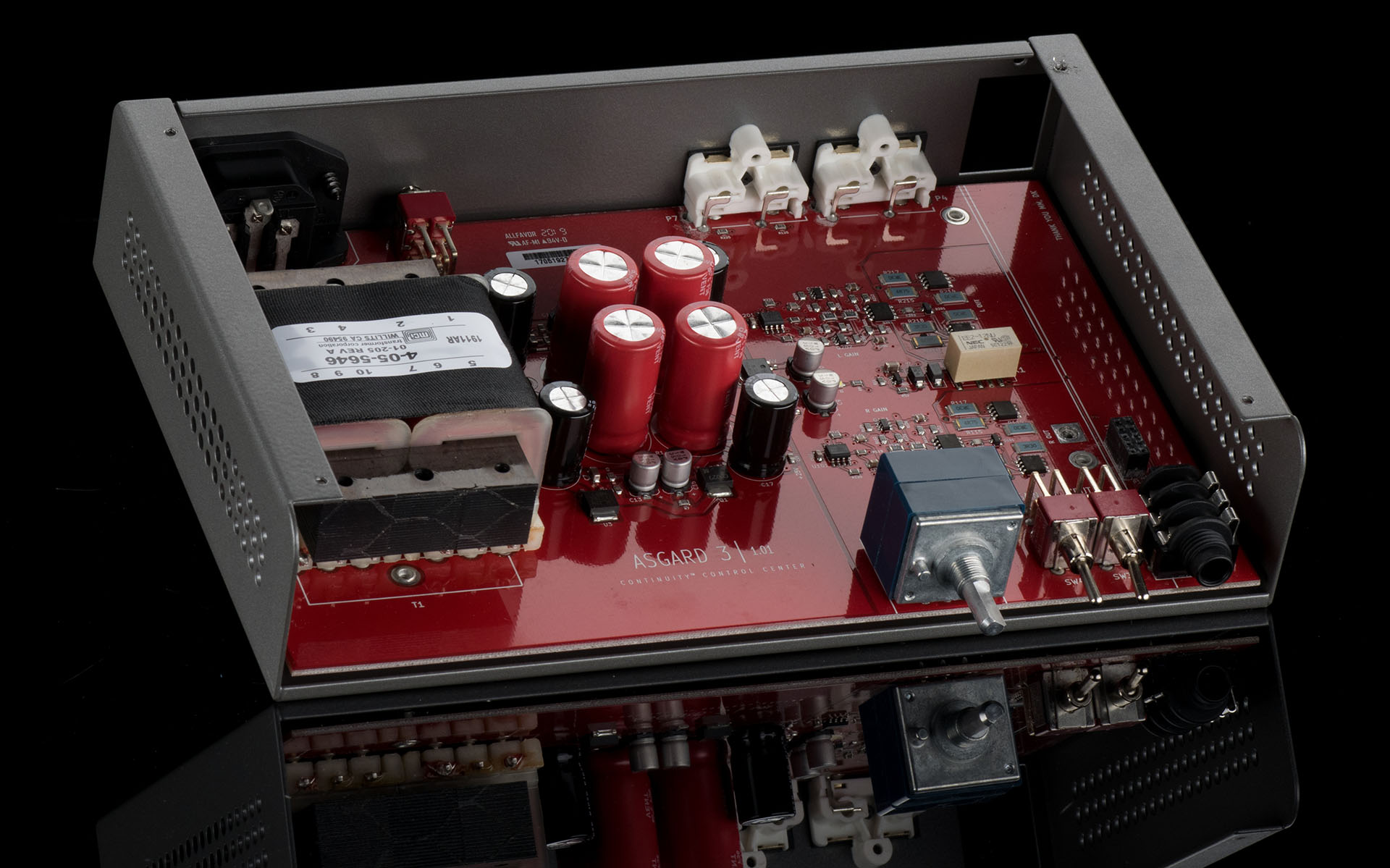


.jpg)